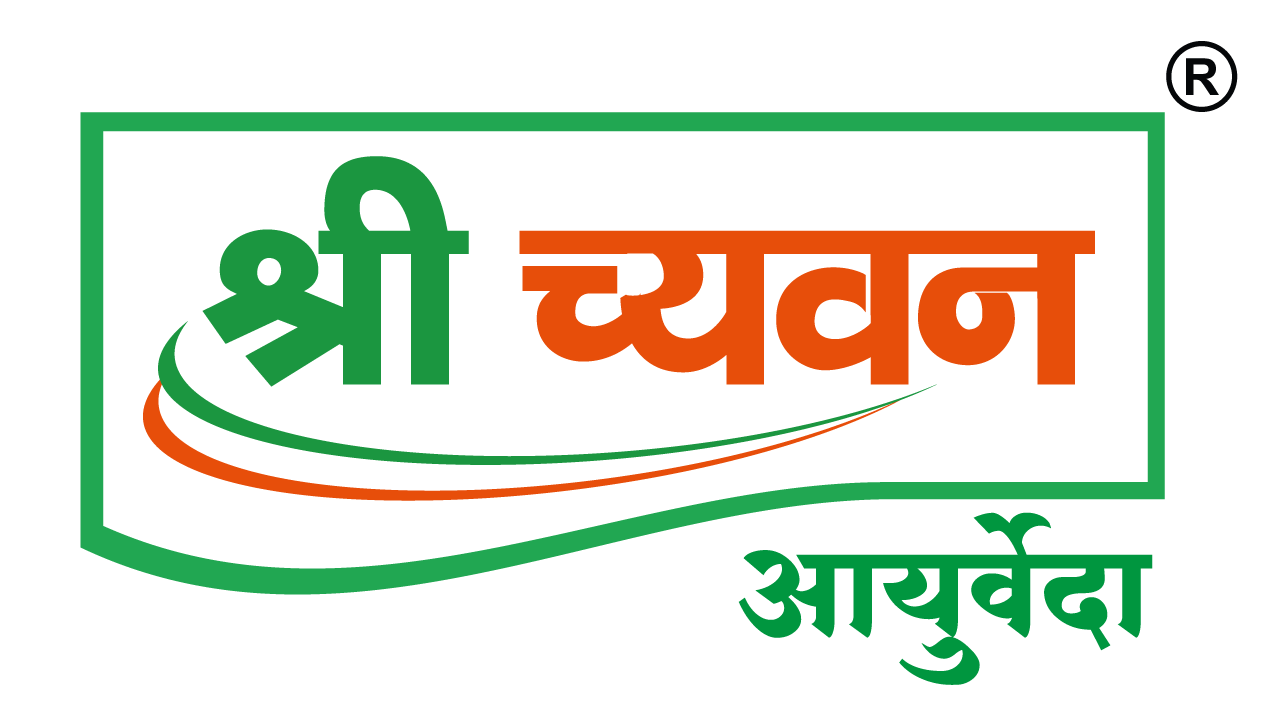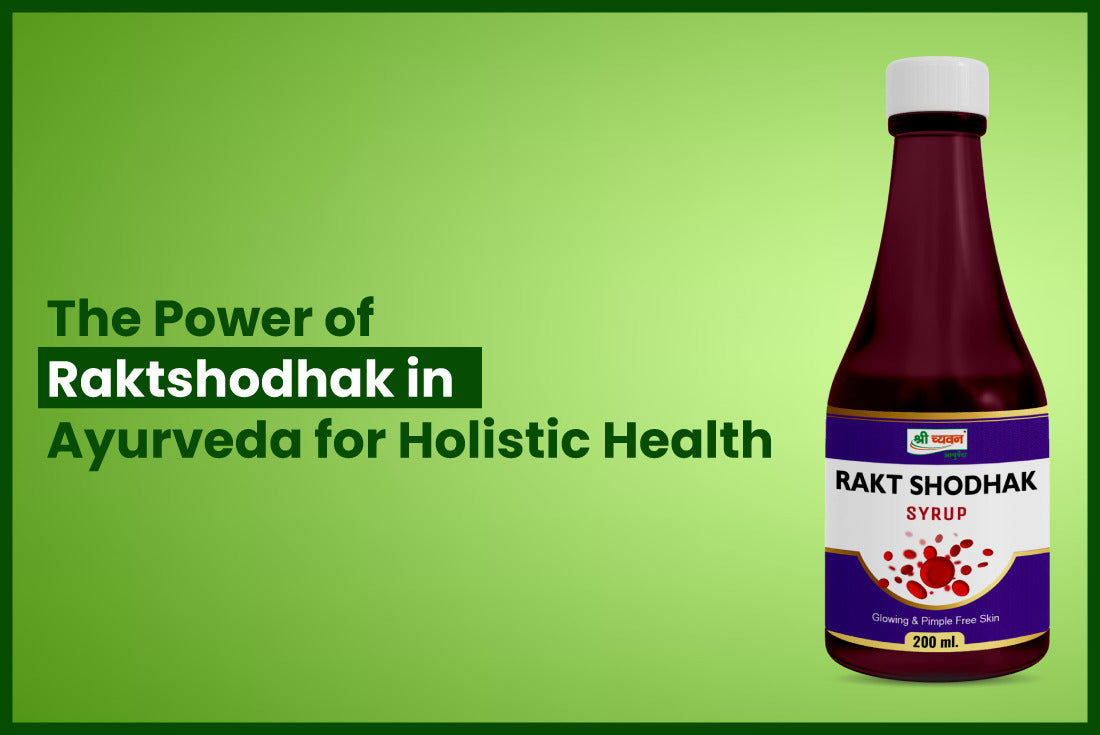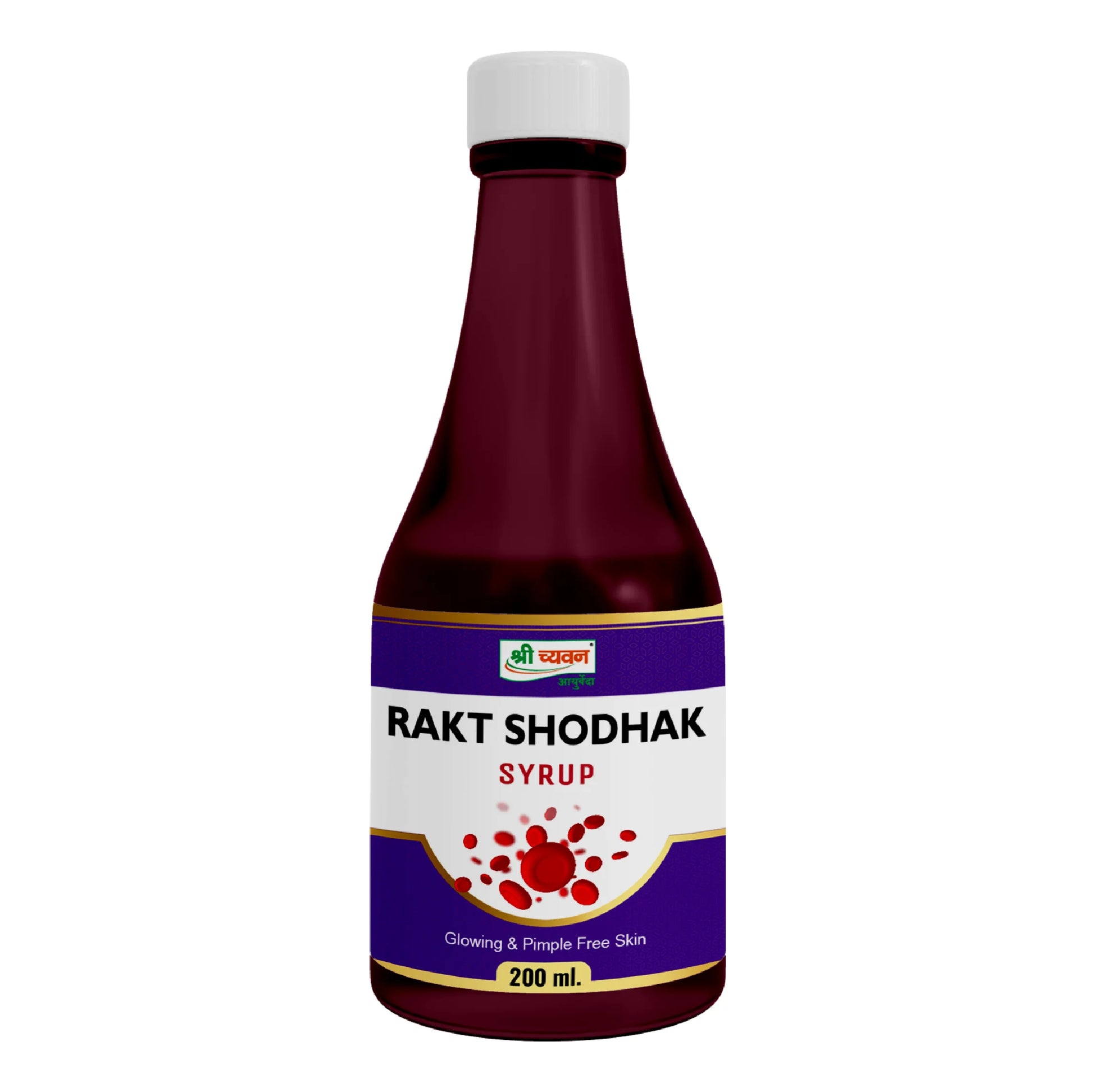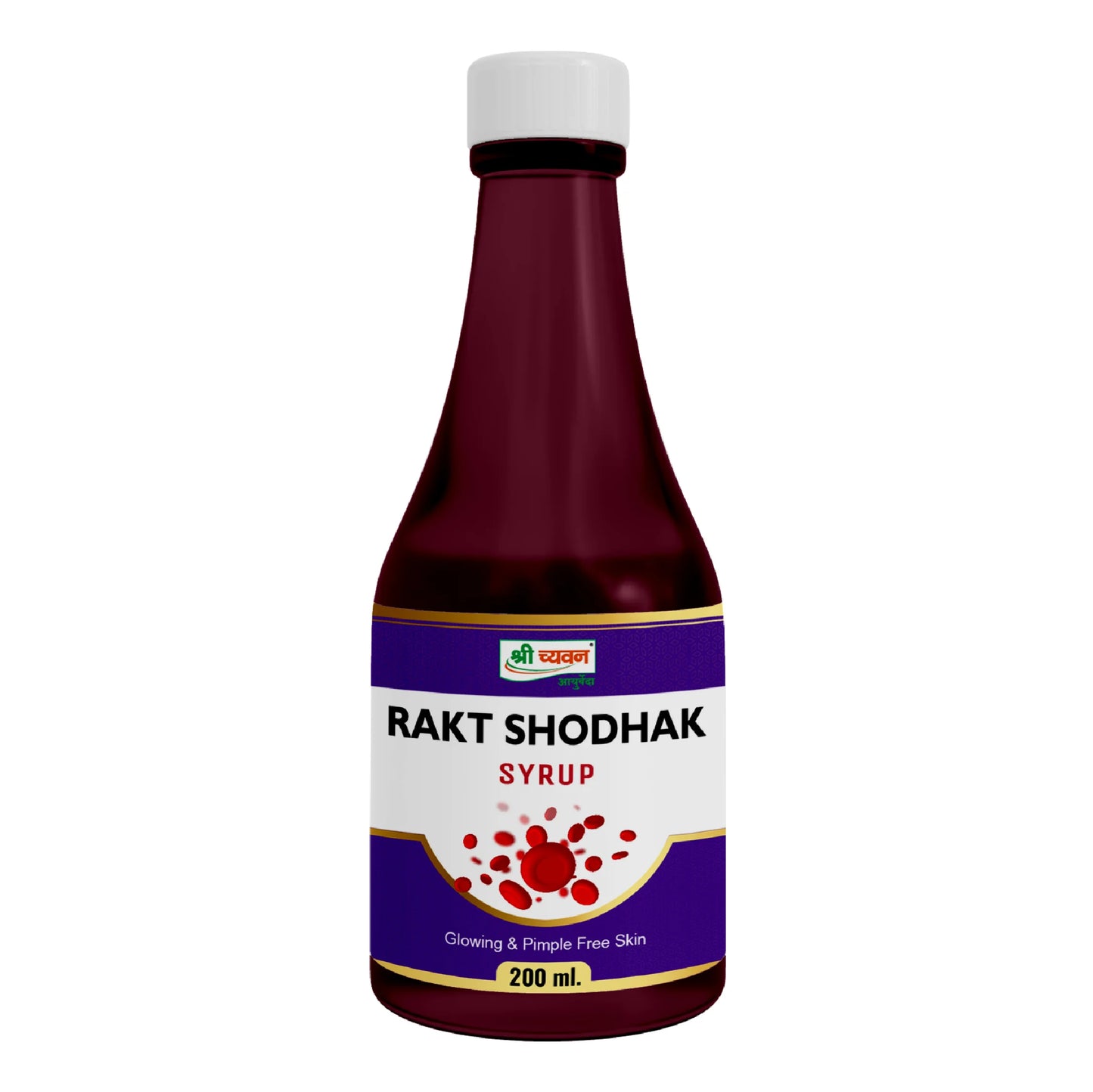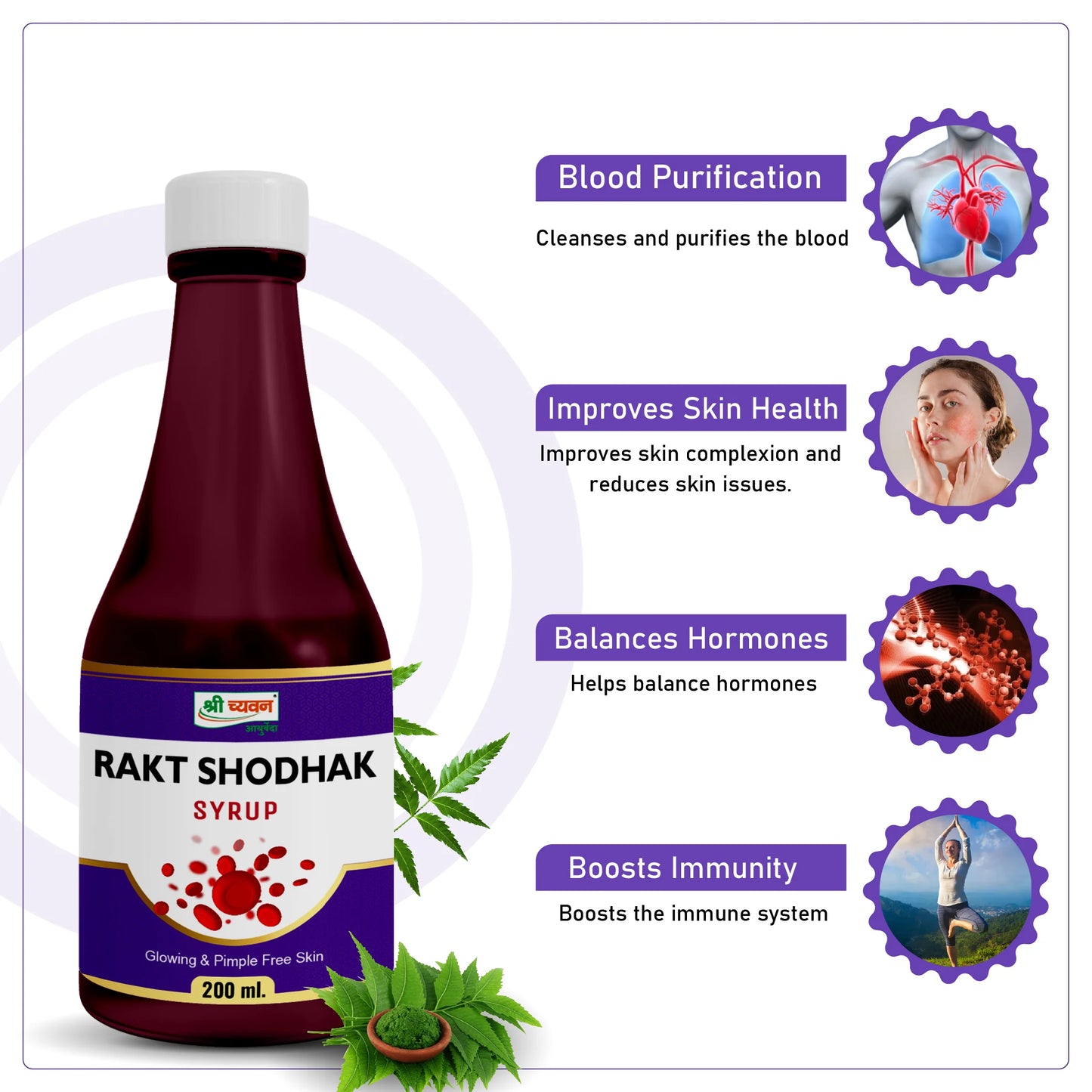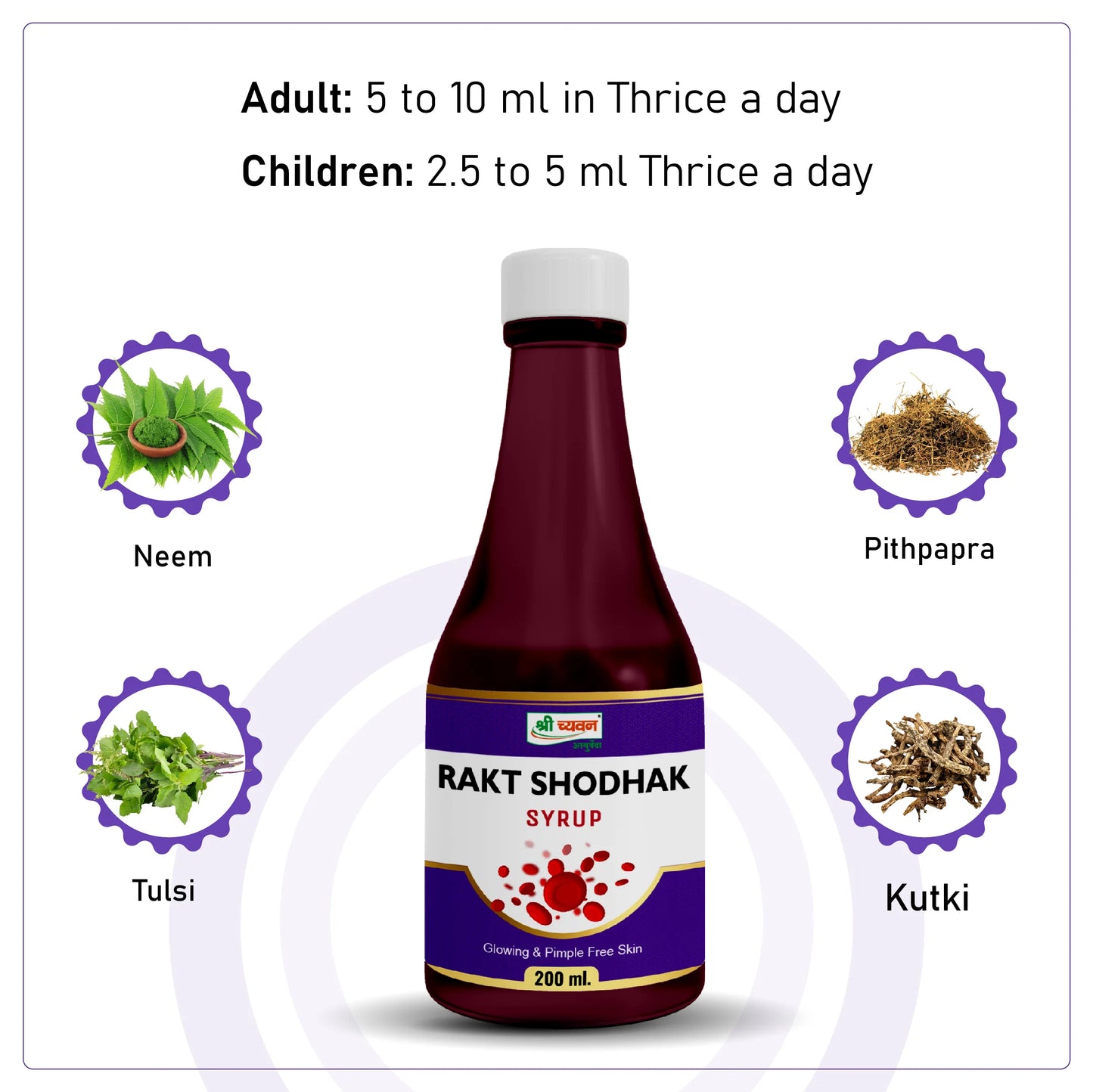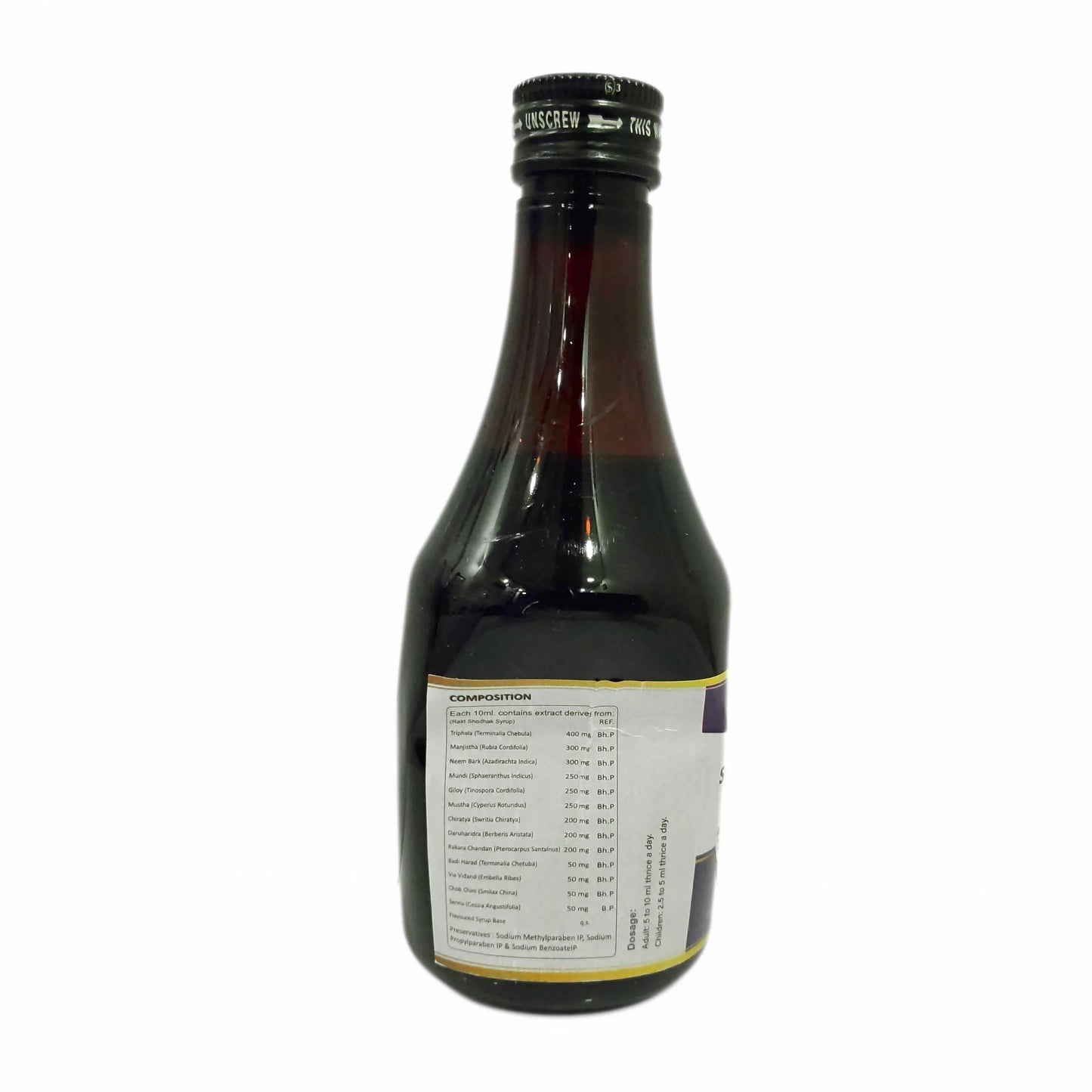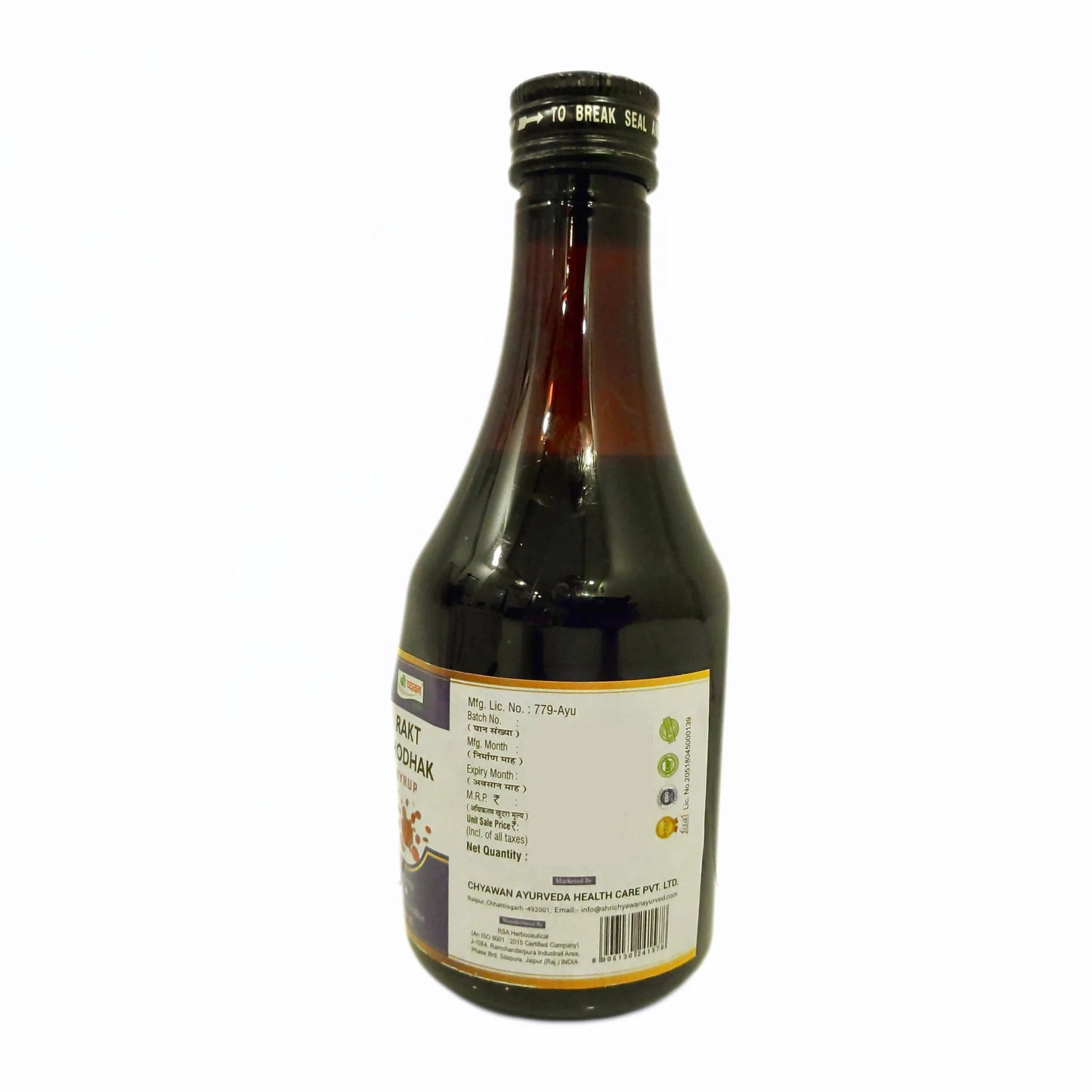What is RaktShodhana in Ayurveda?
RaktShodhana, commonly known as blood purification, is a therapeutic procedure in Ayurveda aimed at cleansing and purifying the blood. According to Ayurveda, the health of an individual is closely linked to the quality of their blood. RaktShodhana is believed to remove impurities and toxins from the blood, promoting overall well-being and preventing various diseases.
There are several techniques and methods employed in Ayurveda for RaktShodhana. Some common practices include:
- Dietary Changes:
- Emphasizing a diet that supports blood purification, including fresh fruits and vegetables, whole grains, and adequate hydration.
- Avoiding processed foods, fried foods, excessive consumption of red meat, and other unhealthy dietary habits.
- Herbal Remedies:
- Consuming specific herbs known for their blood-purifying properties. Some commonly used herbs include neem, turmeric, manjistha, burdock root, and triphala.
- Fasting:
- Intermittent fasting or short-term detox diets may be recommended to give the digestive system a break and allow the body to eliminate toxins.
- Hydration:
- Drinking plenty of water is crucial for flushing out toxins from the body and maintaining the proper viscosity of the blood.
- Ayurvedic Therapies:
- Panchakarma: This is a set of five therapeutic procedures in Ayurveda, and some of these procedures, such as Virechana (therapeutic purgation) and Raktamokshana (bloodletting), are considered to be effective for blood purification.
- Yoga and Pranayama:
- Engaging in yoga postures and breathing exercises can improve circulation and oxygenation of the blood, supporting the body's natural detoxification processes.
Blood Purification using Shri Chyawan Ayurveda’s Raktshodhak Syrup
RaktShodhak Syrup: It is a natural Ayurvedic remedy crafted to support the purification and detoxification of the blood, a vital aspect of holistic health according to Ayurvedic principles. It is carefully formulated herbal supplement that combines traditional Ayurvedic wisdom with modern quality standards to provide you with a safe and effective way to promote blood purity. It’s the best ayurvedic blood purifier syrup.
Raktshodhak Ingredients: It consists of Neem, Chiraita, Kutki, Giloy, Pithpapra, Saunf, Harar, Amla, Methi, Paneer Dodi, Sanay, Tulsi, Sugar.
Raktshodhak Benefits:
- Blood Purification:Raktshodhak syrup helps cleanse the blood, removing impurities and toxins that can accumulate due to dietary and environmental factors.
- Supports Skin Health: By promoting blood purity, this supplement may contribute to a clearer and healthier complexion.
- Enhances Digestion: Ayurvedic herbs in this supplement can help improve digestive functions, which can further aid in the purification process.
- Boosts Immunity: A clean bloodstream is essential for a strong immune system. Raktshodhak syrup supports overall immune health.
- Balances Pitta Dosha: In Ayurveda, it is believed that balanced blood contributes to balanced Pitta dosha, one of the three doshas governing the body's constitution.
Raktshodhak Syrup Uses:For adults - 5-10ml, thrice a day.
For children, 2.5-5ml, thrice a day.
Some conditions that Ayurveda suggests may benefit from RaktShodhak include:
- Skin Disorders:
- Conditions such as acne, eczema, psoriasis, and other dermatological issues are often associated with impurities in the blood. RaktShodhak is believed to improve skin health and reduce skin problems.
- Allergies:
- Ayurveda suggests that allergic reactions may be related to imbalances and impurities in the blood. Blood purification is thought to help alleviate allergic symptoms.
- Joint Disorders:
- Inflammatory joint conditions like arthritis may benefit from RaktShodhak as it aims to reduce inflammation and remove toxins that can contribute to joint pain.
- Liver Disorders:
- Conditions affecting the liver, such as fatty liver disease, may benefit from blood purification as it can support liver function and detoxification.
- Digestive Disorders:
- Disorders like irritable bowel syndrome (IBS) and indigestion are believed to be influenced by the quality of the blood. RaktShodhak may help improve digestion and address underlying imbalances.
- Hormonal Imbalances:
- Conditions related to hormonal imbalances, such as irregular menstruation or polycystic ovary syndrome (PCOS), may benefit from practices that aim to balance hormones through blood purification.
- Chronic Fatigue Syndrome:
- Conditions characterized by persistent fatigue may benefit from RaktShodhak by improving energy levels and overall vitality.
It's crucial to approach Ayurvedic practices, including RaktShodhak, with a personalized and holistic perspective. Individual health conditions can vary, and the appropriateness of these practices should be determined in consultation with a qualified Ayurvedic practitioner or healthcare professional.
Health benefits associated with RaktShodhak include:
- Improved Skin Health: Purified blood is believed to contribute to clearer and healthier skin by reducing skin issues and promoting a natural glow.
- Enhanced Immunity: Cleansing the blood can strengthen the immune system, making the body more resilient to infections and diseases.
- Balanced Hormones:RaktShodhak is thought to balance hormonal levels, which may contribute to better reproductive health and overall hormonal equilibrium.
- Increased Energy Levels: Removing impurities from the blood can enhance energy levels and reduce feelings of fatigue.
- Better Digestion: A purified blood stream is associated with improved digestion and nutrient absorption.
It's important to note that before undergoing any specific RaktShodhak procedure, individuals should consult with a qualified Ayurvedic practitioner. The appropriateness of these practices can vary based on an individual's constitution, health condition, and other factors. Additionally, some practices, such as bloodletting, should only be performed by trained and experienced professionals in a controlled environment.
